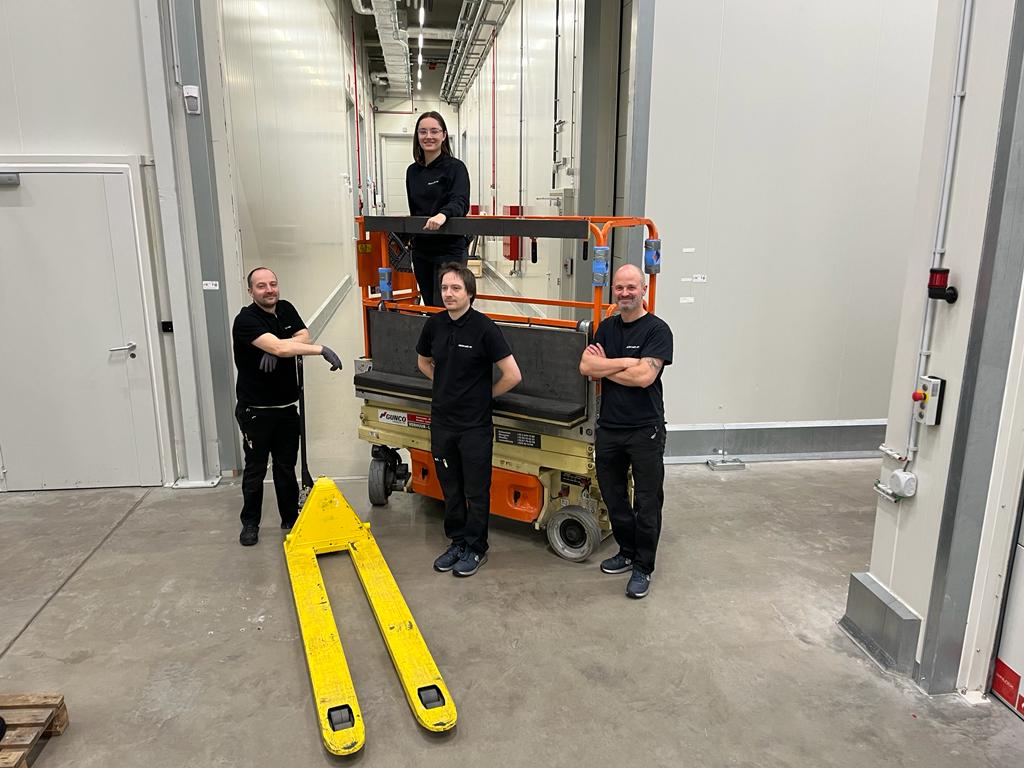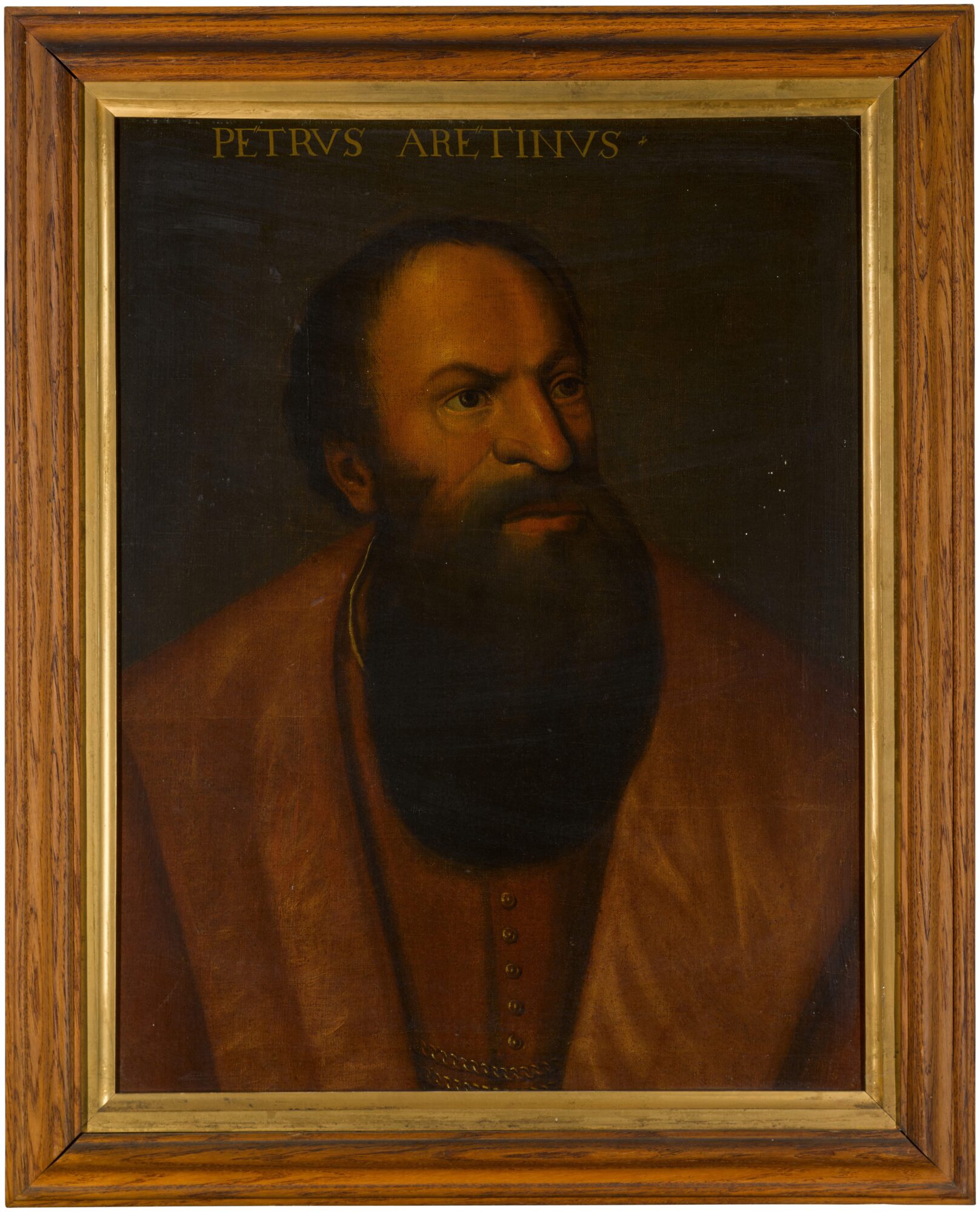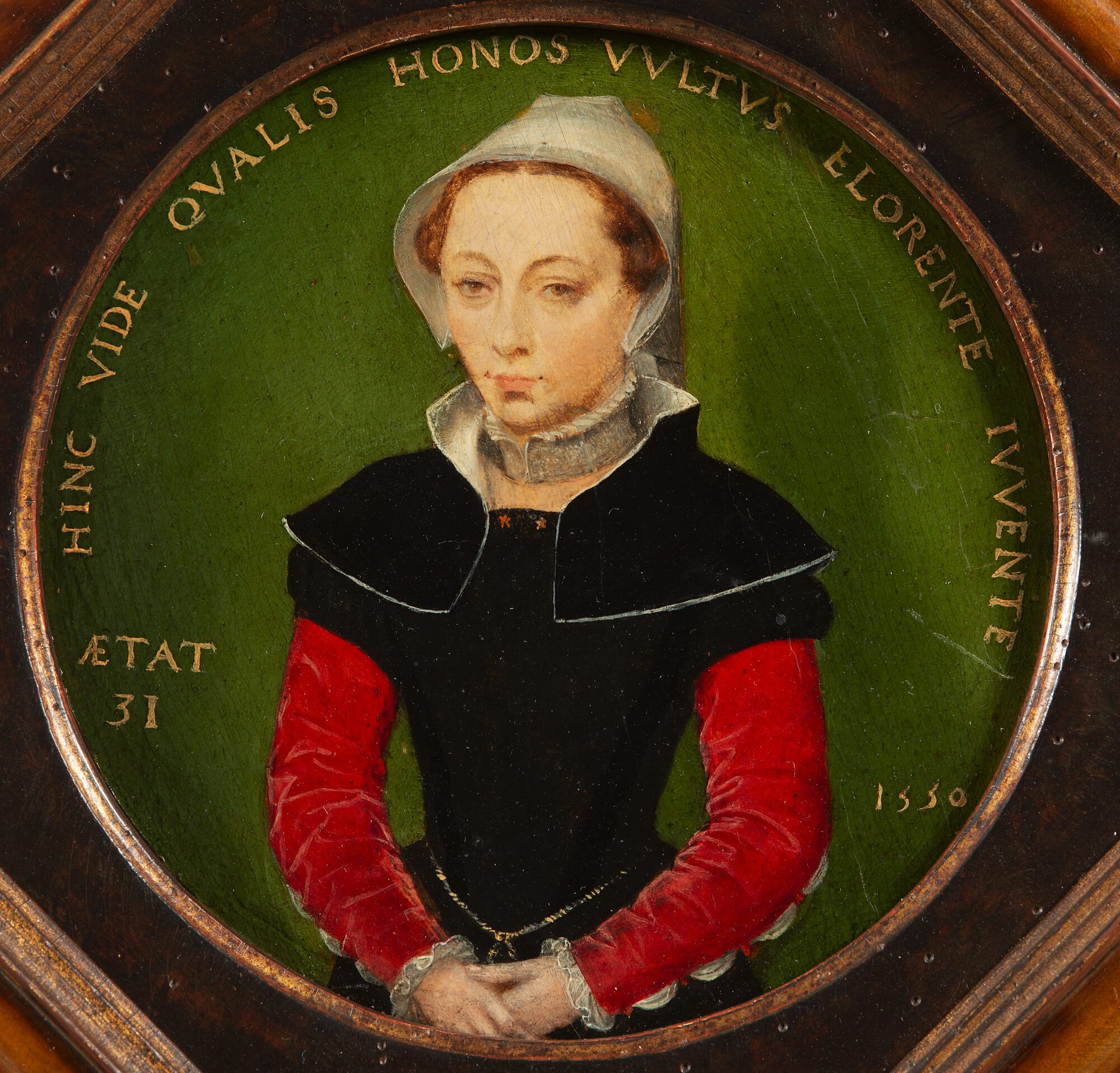Meet our art handlers
For this unique behind-the-scenes feature, we talk with the team of art handlers who work for The Phoebus Foundation. Get to know Idris Sevenans, Claire Dieltjes, Bram Van Broeckhoven, Claartje Borgmann and Florian Sevenans who manage and organize, under the supervision of our COO Luk Van Hove, the operational ins and outs of the artworks from our collection. The team not only ensures the safety of the works of art, but also of the people who come into contact with them. Every piece that enters the depot is carefully checked for potential contamination by micro-organisms and framing problems and then inventoried. This procedure is important for the further progress of the preservation and conservation of the artworks. Although every work is treated with precaution, efficient handling is a must.

The art handlers tell you more about the art of art handling:
Florian: ‘Although my personal interest and passion are rooted in philosophy, I find the depot a particularly interesting working environment because I come into daily contact with very diverse works of art that are interesting from a historical perspective. Some artworks are not only aesthetically captivating, but are also sometimes a play on historical irony. Certain objects are literally and figuratively being brought closer together. In the depot, for instance, we hung a series of portraits of Italian writers side by side, including a portrait of Giovanni Pico Dela Mirandola (1463-1494). In 1486, this 15th-century nobleman and philosopher wrote an important treatise on the dignity of man in which he set out his views on truth and man’s place within the universe’.


Next to it hangs another historical figure from a later period, Pietro Aretino (1492-1556). In his writings, he highlights the less flattering elements of human existence in his writings, such as the abuses of the church and the tameness of ecclesiastical authority. His writings instilled fear in sixteenth-century high circles. He was considered one of the first art critics and had contacts with great artists. As a result, these two portraits, where a whole story could unfold, suddenly become incredibly interesting when placed in confrontation with each other. It is very pleasant to work in an environment that triggers an almost daily historical sensation and awareness. This creates a connection with the bigger picture and adds value to preserving and passing on artefacts.’
Bram: In the past, I often came into contact with art history due to my academic background but also because of my professional life as a historical art expert for art auctions. It never fails to fascinate me how the value of artworks is influenced by historical facts, and how knowledge of material and technique within the art world adds value to a work of art. For example, I recently came across Catharina Hemessen’s (c. 1527/1528-1567) Portrait of a Lady (1550) where it was thought that a tortoiseshell horn had been used. In collaboration with the conservation team, we were able to reveal that it was merely an imitation. Our expertise thus becomes an added value for the recognition and identification of artworks. Caring for them on a daily basis is truly rewarding!’

Art handler and artist Idris Sevenans also brings a strong dynamic to the team of our art handlers. Additionally, he is involved in analysing and dealing with art (archives) through his organisation AARS (Antwerp Artist Run School), providing a refreshing perspective on the goal of preserving and caring for art objects.
Idris: ‘During my research at the Royal Academy of Fine Arts, I was confronted with the transience of art objects and the importance of collecting them. Taking care of The Phoebus Foundation’s collection is a hugely rewarding cross-fertilization for me as an archivist and a teacher at the AARS (Antwerp Artist Run School). I thoroughly enjoy dedicating myself every day to both disciplines.’
Among all the male violence, there are also two amazing female art handlers: Claire and Claartje.
Claire: ”It’s rather a coincidence that I became an art handler. After completing my studies in fashion design in South Africa, I started looking for the next challenge. On the advice of my grandmother, I then came to Belgium to embark on a new adventure, which then brought me here. Walking into the depot every day, I step into another world. Moreover, thanks to my Antwerp-rooted colleagues, I have learned a lot about the country and city I now call home and their rich culture and history. I like the flexibility and variety of my job, but also security and planning. This is why I take on the administration of our team. Good planning and communication are crucial to successful completing our responsibilities. The friendship within our team ensures that no task is too hard and we come to work every day with a smile.’
The art handling team, which is continuously expanding in collaboration with Katoen Natie Art, is currently preparing several large loan projects. The team actively participates in courses and tasks are divided based on experience and expertise. They are an indispensable part of The Phoebus Foundation family!